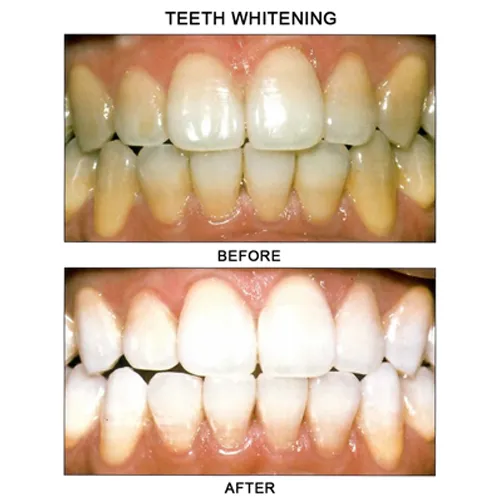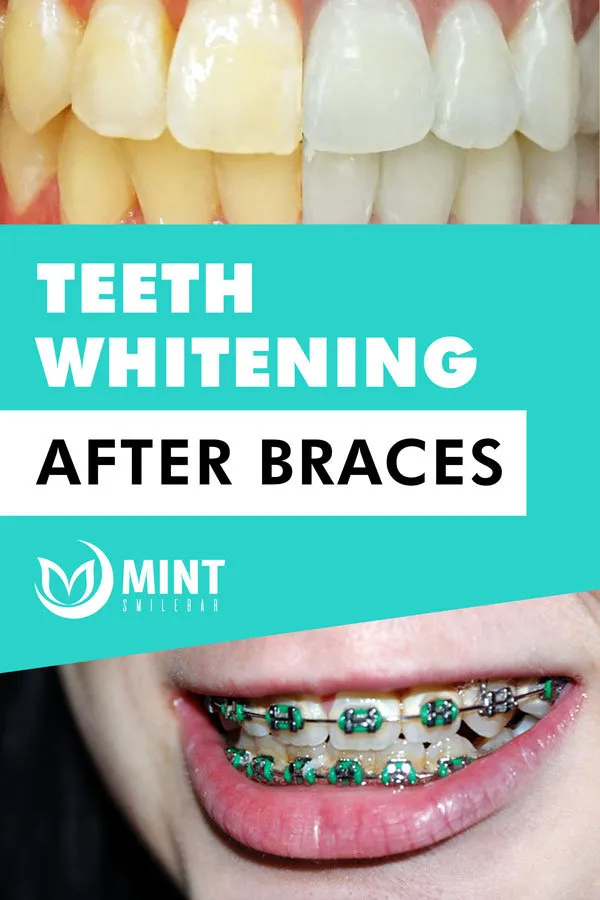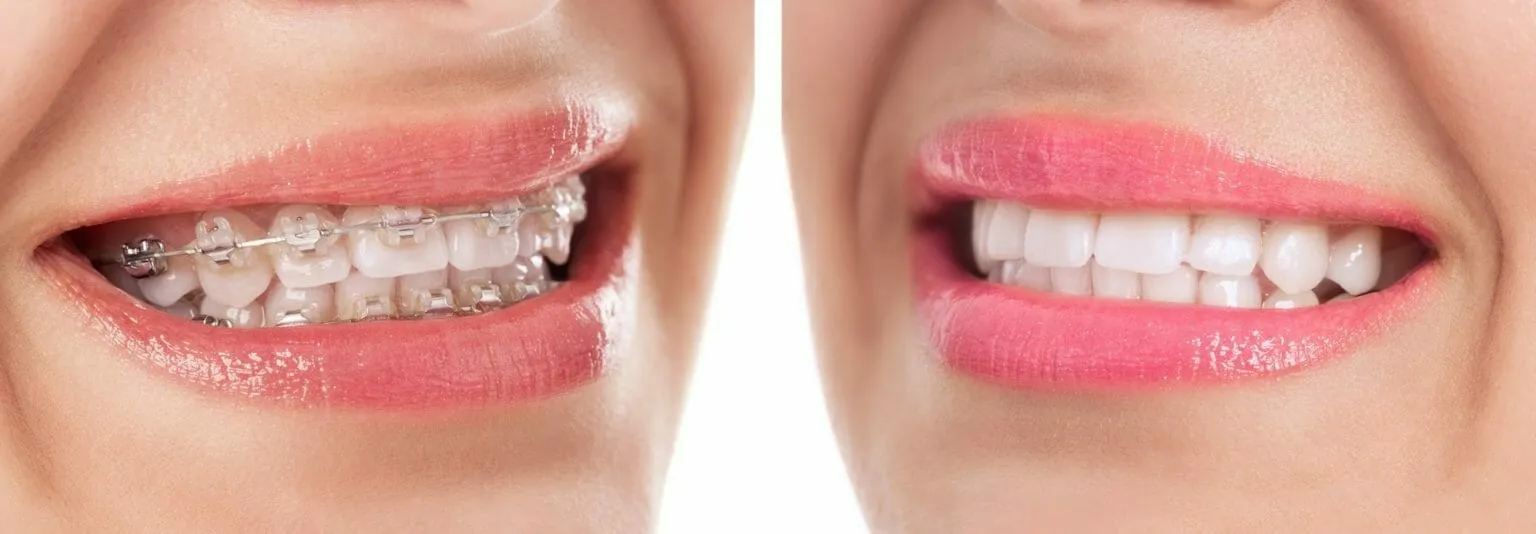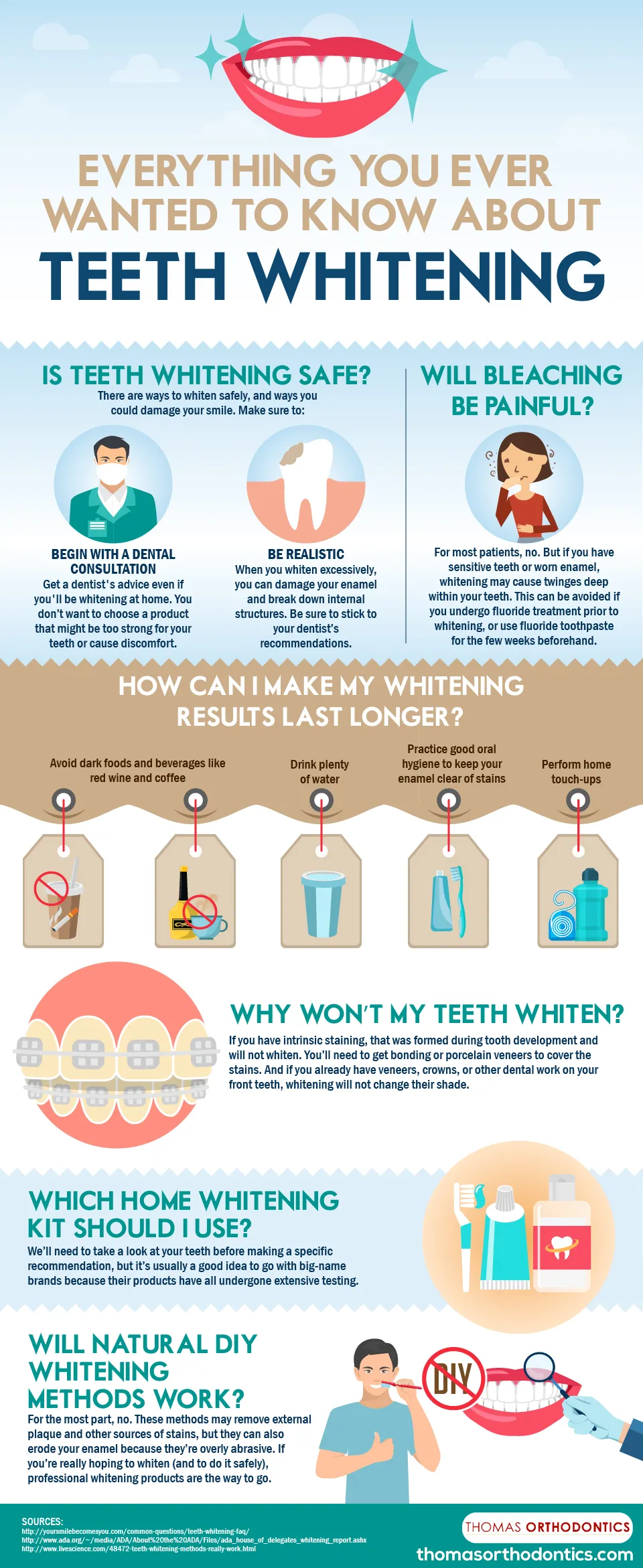Understanding Teeth Whitening and Braces
Embarking on a journey to a straighter, brighter smile often involves both orthodontic treatment with braces and cosmetic procedures like teeth whitening. Many individuals considering braces wonder about the best time to address teeth discoloration. This guide delves into the nuances of teeth whitening before and after braces, providing a comprehensive understanding to help you achieve the radiant smile you desire. The information provided will empower you to make informed decisions about your dental health and cosmetic enhancements.
What is Teeth Whitening?
Teeth whitening is a cosmetic dental procedure designed to lighten the shade of your teeth, reducing stains and discoloration. It can significantly improve the appearance of your smile by removing stains caused by food, drinks, smoking, or aging. Whitening treatments work by using bleaching agents, typically containing hydrogen peroxide or carbamide peroxide, to break down the stain molecules within the tooth enamel. This process results in a visibly brighter and more youthful smile. Various methods are available, including professional treatments performed by dentists and at-home kits.
What are Braces?

Braces, also known as orthodontic appliances, are used to correct misaligned teeth and jaws. They work by applying consistent pressure to move teeth into the correct position over time. Braces consist of brackets that are attached to each tooth and connected by wires. Regular adjustments by an orthodontist gradually shift the teeth, leading to improved bite and a more aesthetically pleasing smile. The duration of braces treatment varies depending on the severity of the misalignment, typically ranging from several months to a few years. This process is a significant investment in both oral health and aesthetics.
Why Consider Teeth Whitening Before Braces?
Whitening your teeth before getting braces offers several advantages. It allows you to achieve a brighter, more even smile before the brackets and wires are applied. Once the braces are in place, it becomes more challenging, and sometimes impossible, to whiten the surfaces of your teeth under the brackets. Whitening beforehand ensures that your teeth are at their brightest when the braces come off, revealing the full effect of your straightened smile. This proactive approach helps maximize the aesthetic outcome of your orthodontic treatment.
Benefits of Whitening Before Braces
Boost Confidence

Having a bright smile can significantly boost your self-esteem and confidence. Whitening your teeth before braces ensures that you feel good about your smile throughout the orthodontic process. Seeing a brighter smile in the mirror can positively impact your self-image and provide motivation to maintain good oral hygiene. This enhanced confidence can translate into improved social interactions and a more positive outlook on life. The visual improvement is often a significant psychological boost for many individuals.
Achieve a Uniform Whitening
Whitening your teeth before braces allows for a more uniform and consistent result. The whitening agents can reach all surfaces of your teeth without obstruction from brackets or wires. This ensures that the entire visible surface of your teeth is lightened evenly, creating a more natural and aesthetically pleasing appearance. In contrast, whitening after braces can sometimes lead to uneven results, as the areas covered by brackets may not whiten as effectively. Achieving this uniformity enhances the overall impact of your orthodontic treatment.
Planning Your Teeth Whitening Journey
Consulting with Your Dentist

The first step is to consult with your dentist. They can assess your oral health, determine the cause of any discoloration, and recommend the most appropriate whitening treatment. Your dentist will examine your teeth for cavities, gum disease, and other issues that may need to be addressed before whitening. They can also discuss your expectations and provide realistic outcomes based on your individual circumstances. A professional consultation ensures that the whitening process is safe and effective for your teeth.
Types of Teeth Whitening Treatments
Professional Teeth Whitening Options
Professional teeth whitening is performed by a dentist in their office and offers the most dramatic results. The dentist applies a high-concentration bleaching agent to your teeth and uses a special light or laser to activate the whitening process. This in-office procedure typically takes about an hour and can significantly lighten your teeth in a single visit. Professional whitening is generally more effective and faster than at-home treatments. Your dentist can also monitor the process and address any sensitivity or side effects that may arise during the procedure.
At-Home Whitening Kits

At-home whitening kits offer a more convenient and cost-effective alternative. These kits usually include custom-fitted trays and a lower-concentration bleaching gel that you wear for a specified period each day or night. The dentist can provide the kit and instructions to ensure safe and effective use. Although the results may be gradual compared to professional treatments, at-home kits can still provide noticeable improvements in your teeth’s brightness. Consistent use according to the dentist’s instructions is key to achieving the desired results.
The Teeth Whitening Process Before Braces
Pre-Whitening Assessment
Before starting any whitening treatment, your dentist will conduct a thorough assessment. This includes checking for existing dental issues, such as cavities or gum disease, which need to be treated before whitening. The dentist will also evaluate the shade of your teeth and discuss your desired level of whiteness. This assessment helps determine the most suitable whitening method and ensures that the process is safe and effective. A clear understanding of your current oral health is crucial for the success of the whitening procedure.
Choosing the Right Whitening Method

The choice between professional and at-home whitening depends on several factors, including your budget, the degree of discoloration, and your personal preferences. Professional whitening offers faster and more dramatic results but is more expensive. At-home kits are more affordable and convenient but require more time and consistency. Your dentist will help you select the option that best suits your needs and goals. Consider the pros and cons of each method and discuss them with your dentist to make an informed decision.
Whitening Procedure Steps
The steps involved in teeth whitening vary depending on the method chosen. For professional whitening, the dentist will isolate your teeth, apply the bleaching agent, and use a special light or laser to enhance the whitening effect. For at-home kits, you’ll fill the custom trays with the whitening gel and wear them as instructed by your dentist. Whether professional or at-home, following the instructions carefully is essential for achieving the best results and minimizing potential side effects. Proper adherence to the procedure ensures the desired brightness for your teeth.
Potential Challenges and Considerations
Sensitivity Management

Tooth sensitivity is a common side effect of teeth whitening. You may experience temporary discomfort during and after the procedure. Your dentist can recommend strategies to manage sensitivity, such as using desensitizing toothpaste or applying fluoride treatments. Avoiding very hot or cold foods and drinks can also help minimize sensitivity. If the sensitivity is severe, your dentist may adjust the whitening treatment or recommend alternative solutions. Managing sensitivity effectively ensures a more comfortable and enjoyable whitening experience.
Uneven Whitening
Uneven whitening can occur if the bleaching agent doesn’t reach all surfaces of the teeth uniformly. This can be more common with at-home kits if the trays don’t fit perfectly. It is important to follow the dentist’s instructions carefully and to ensure that the bleaching agent is applied evenly. If unevenness is noticeable, professional touch-up treatments may be needed. Addressing any issues during the process can help achieve a consistent and aesthetically pleasing result.
Teeth Whitening After Braces
Whitening after braces can be more complex. The areas of your teeth covered by brackets may not whiten as effectively, leading to uneven results. Your dentist may recommend professional whitening to address any discoloration or staining that occurred during orthodontic treatment. This may require multiple sessions and a more targeted approach to ensure consistent results. Patience and proper maintenance are key to achieving a bright, even smile after braces.
The Waiting Period After Braces

Your dentist will recommend a waiting period after removing your braces before starting teeth whitening. This allows your teeth and gums to recover from any potential irritation caused by the braces. The exact waiting period varies depending on individual circumstances, but it’s usually a few weeks. Waiting ensures optimal conditions for the whitening process and minimizes any potential complications. Following your dentist’s advice on timing helps you achieve the best results safely.
Options for Whitening After Braces
After braces, you can explore several whitening options, including professional whitening and at-home kits. Professional whitening is often recommended to address uneven staining or discoloration that may have occurred during orthodontic treatment. At-home kits can be used for maintenance and touch-ups to keep your smile bright. Your dentist can help you determine the best approach based on your needs and the condition of your teeth after the braces are removed. Combining both options provides a comprehensive strategy for long-term maintenance and improvements.
Maintaining Your Bright Smile
Post-Whitening Care Tips
To maintain your bright smile, follow your dentist’s post-whitening care instructions. This may include avoiding foods and drinks that can stain your teeth, such as coffee, tea, and red wine. Regular dental check-ups and cleanings are also essential. Your dentist may recommend using a whitening toothpaste or mouthwash to help maintain your results. Proper maintenance ensures long-lasting results and protects your investment in your smile. A proactive approach is essential to sustaining your teeth’s brightness.
Foods and Drinks to Avoid
Certain foods and drinks can stain your teeth and should be limited to prevent discoloration. This includes coffee, tea, red wine, and dark-colored sodas. Highly pigmented foods like berries, soy sauce, and tomato-based sauces should also be consumed in moderation. Brushing your teeth after consuming these items can help reduce staining. Being mindful of your diet helps keep your teeth bright and prevents your whitening efforts from being undermined.
Oral Hygiene Practices
Maintaining good oral hygiene is crucial for preserving the results of teeth whitening. Brush your teeth at least twice a day with a fluoride toothpaste and floss daily to remove plaque and food particles. Regular dental check-ups and professional cleanings are essential for removing surface stains and preventing the buildup of plaque and tartar. Following a consistent oral hygiene routine ensures your teeth remain healthy and bright for the long term. Proper care is essential to a vibrant and healthy smile.
Final Thoughts and Conclusion
Teeth whitening before braces offers a significant opportunity to enhance your smile’s appearance. By understanding the process, consulting with your dentist, and following post-whitening care instructions, you can achieve a brighter, more confident smile. Remember to consider your dentist’s recommendations and choose the whitening method that best suits your needs and goals. With proper planning and care, you can enjoy a radiant smile throughout your orthodontic journey and beyond. Your commitment to both treatments will ensure that you achieve the best aesthetic results and a healthy mouth.
